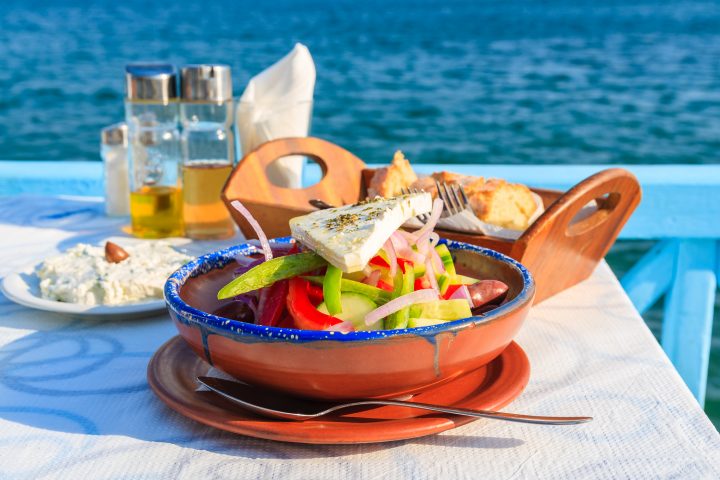dpappas87
Active member
I try to eat a vegan diet when I can for lent. Granted, I am not perfect at it, but I like to try. I am getting since Lent is soon! Here's a list of dishes I like to eat. I would love advice if you can give it for other dishes:
- Salads of all kinds, and if I want to be really strict, to use lemon or vinegar and no oil
- Anything involving lentils - like Lentil soup, lentil salad, etc
- Dishes involving other legumes, like fava beans, split peas, gigantes, etc - I make gigantes place, yellow split pea soup, fasolada, etc)
- Any other vegetable dishes, such as vegan stuffed grape leaves or stuffed cabbage





